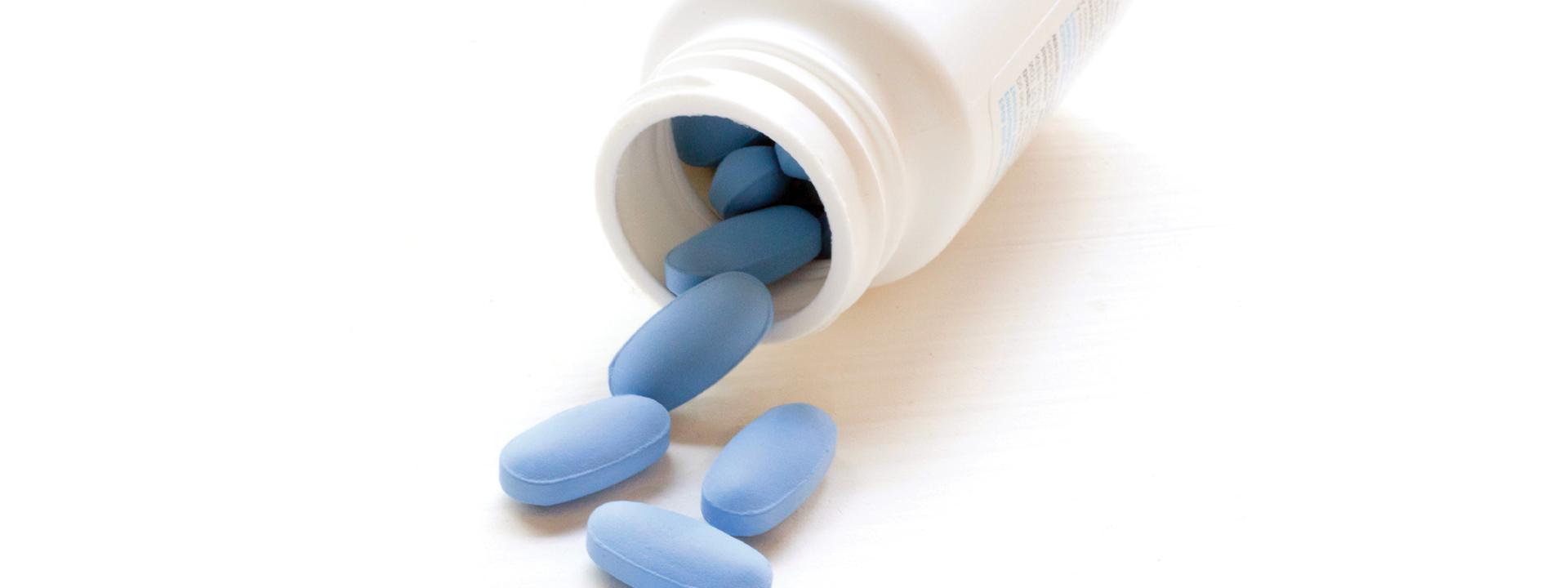Ending the HIV Epidemic: A Plan for America (EHE) aims to end the HIV epidemic in the United States by 2030. Doing so requires a massive investment in HIV prevention efforts, largely focused on pre-exposure prophylaxis (PrEP), but this public health investment must support removing all the financial barriers to a patient being on PrEP, not just access to the medication.
Effective PrEP can be thought of as a three-legged stool. If any one of the three legs are missing, the stool falls over, and PrEP doesn’t prevent HIV. The three legs are:
1. Uptake: getting people on the medication through affordable access, education efforts, and building awareness.
2. Adherence: ensuring the medication is taken consistently and correctly.
3. Persistence: ensuring the individual continues taking the medication consistently and correctly through their season(s) of risk.
To date, PrEP investments have largely focused on the Uptake leg, and this has limited PrEP’s impact. The recent data on the Ready, Set, PrEP program reported at June’s Presidential Advisory Council on HIV and AIDS (PACHA) meeting perfectly demonstrates this. Ready, Set, PrEP is a program set up by the pharmaceutical company Gilead Sciences and EHE to provide 200,000 free PrEP prescriptions to those who cannot afford it. At June’s meeting, it was reported that only 891 people had received PrEP through the program in its first six months. A major reason why is that Ready, Set, PrEP only supports the Uptake leg of the stool, without addressing barriers to people staying on the medication, like the cost of required lab testing and clinical visits.
The slow uptake of Ready, Set, PrEP underscores the larger trend in PrEP adoption in the U.S. Since Truvada (FTC/tenofovir disoproxil fumarate) as PrEP got its Food and Drug Administration (FDA) approval in 2012, Gilead has provided access to PrEP free of charge for uninsured and underinsured patients through its Patient Assistance Program. However, only covering Uptake has led to fewer than 20% of the 1.2 million people in the country who the Centers for Disease Control and Prevention (CDC) says should be on PrEP actually taking it.
Though the PrEP drug itself (Truvada and Descovy [emtricitabine/tenofovir alafenamide] both have FDA approval for use as PrEP) is by far the most expensive element of being on PrEP (at over $20,000 per year), it is not the only cost. Being on PrEP requires a series of lab tests for HIV, sexually transmitted infections, and kidney function, which the CDC recommends be done every three months. For uninsured patients, those with a deductible or copay, or those whose lab is not in network with their insurer, these lab tests can cost the patient hundreds of dollars a year out of pocket, depending on the specifics of their plan. As a result, even though Ready, Set, PrEP, and Gilead’s Patient Assistance Program are covering the Uptake leg, the PrEP stool is falling over, because patients aren’t able to Persist on the medication due to these costs.
In other words, we have a drug that can prevent HIV, and we already have the political will to pay its substantial cost. But we are failing to prevent HIV for the majority of people in this country who need it, because we won’t pay less than 5% of the drug’s cost per year for lab testing.
The following three solutions could dramatically increase access to PrEP lab testing:
1. Guideline adoption and payer coverage: The United States Preventive Services Task Force (USPSTF) and CDC PrEP guidelines inform insurance coverage of lab testing. The USPSTF has given a comprehensive PrEP package—which includes the medication, clinical visits, and lab tests—an A grade, its highest recommendation. Typically, this means that insurers would then cover the medication and lab testing without copays. The advocacy work to ensure payers cover this comprehensive PrEP package is currently underway. UnitedHealthcare, one of the largest payer plans in the country, just announced they would be doing so, and it is critical that other payers follow their lead.
2. EHE and public health payments for lab testing: EHE and the CDC have extensive public health budgets for HIV prevention. This funding is often used for safety-net care for the uninsured. Allocating some of this funding specifically for PrEP lab testing could help ensure every patient has access to the tests needed to be on PrEP.
3. Expansion of payer networks with labs offering PrEP testing: Currently, LabCorp and Quest Diagnostics have a stranglehold on payer networks. Payers force patients to go to LabCorp or Quest Diagnostics, despite other labs offering a more convenient option to the patient. For example, Molecular Testing Labs (MTL) offers the entire PrEP panel in a self-collection format, which makes it easier for the patient and the provider, but MTL is blocked from getting in-network with many payers.
To truly end the epidemic, we must invest in paying for PrEP lab testing alongside our investments in the PrEP medications. Otherwise, our stool will never stand on its own, and PrEP will never live up to its potential to eradicate new HIV infections.
Reprinted with permission from TheBody.com.


